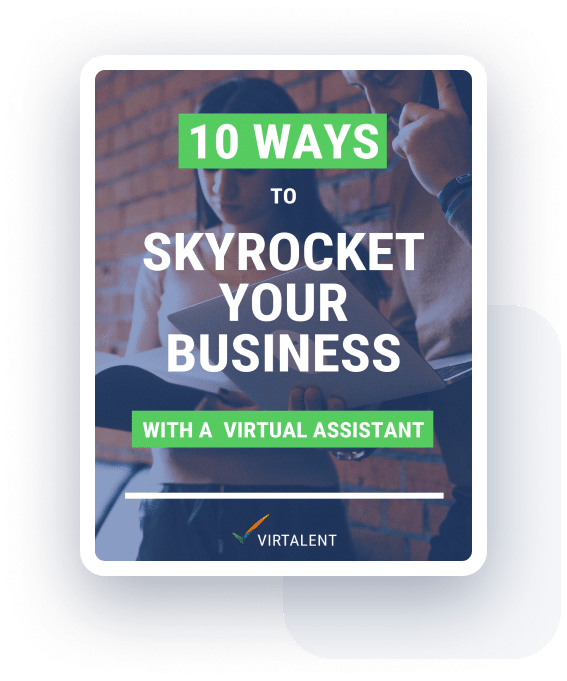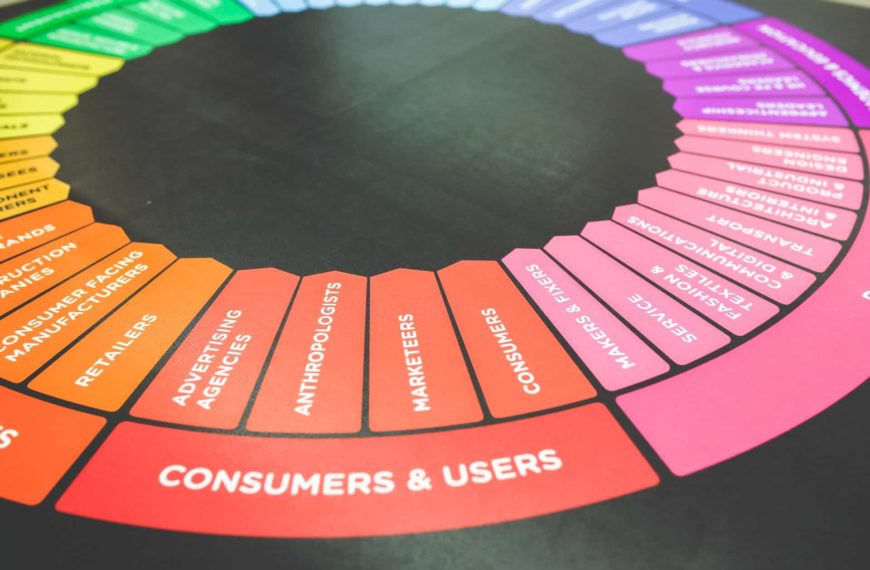There are two types of newsletter that can fill your inbox: the one you read and the one you don’t.
How can you ensure that employees, businesses or the general public engage with your newsletter? We have created 10 easy steps that can help you create the attention-grabbing, eye-catching, insightful and ideal newsletter that your readers can’t wait to read every month.
Step 1: Don’t play the name game
The name of your newsletter has to be relevant to either your business or the content. More often than not, newsletter names try to imitate those of everyday newspapers, rather than something that will attract readers. Try and capture readers who may not be too familiar with your business and avoiding segregating readers because you think that only your employees will read the newsletter. Take into consideration the subject line of your newsletter when sending it out. You want people to open your newsletter immediately from their emails, and be instantly intrigued by the content. Capture a wider audience!
Step 2: Write with purpose
In order to write an effective newsletter, you must understand the purpose for which you are writing. A newsletter can be a fantastic way to promote your business and can provide a better understanding of what your business is all about. However, your newsletter should not turn into a sales pitch. There are subtle ways to highlight what your company does without expressly providing an information overload. You ought to pitch the writing at the same level as a newspaper article. The articles need to be based on relevant and truthful information from an objective viewpoint. Include quotes, pictures and varied opinions in your newsletter as opposed to providing page after page of text. Pictures are very often key to creating an ideal newsletter.
Step 3: The front page is the winner
When people first set eyes on your newsletter, the first thing they see is the front cover or the content “above the fold” if it is sent electronically. If at first glance your newsletter doesn’t seem interesting, your newsletter may soon be lying at the bottom of their junk folder without a second thought. Catchy headlines, interesting content and eye-catching pictures make an ideal newsletter. Be creative and use colour and avoid boring black and white pictures! People want to hear news and have their interest ignited, not read a newsletter from the Accounting Director about this week’s internal budget!
Step 4: Include groovy graphics
Pictures, charts, animations, quotes, colours and bold text all make your newsletter that all more interesting to read. People are more likely to read your newsletter if they like the look of it. Graphics are a good way to split up articles and assist in the overall design of the newsletter. Avoid setting your newsletters in black and white as this has the same effect as having blocks and blocks of text.
Step 5: Keep it short and sweet
You don’t want to bore your readers with pages and pages of irrelevant content. Don’t create unnecessary articles for the sake of having a longer newsletter. Great newsletters have up to date and relevant information that keeps the content simple. Bear in mind that you don’t want to be distracting your employees from being unproductive, nor do you not want them to shy away from company news. Ensure that you engage as opposed to overwhelm readers. Achieve the right balance!
Step 6: Maintain consistency
Design and consistency need to flow from newsletter to newsletter. Once you have your newsletter design, stick with it!.Over time, readers will become familiar with each section and know where to find the information that they are looking for, so stick with a single format. You need to entertain and educate your readers, not confuse them with different newsletter designs every month. Create an element of familiarity. Over time, you want your readers to recognise your newsletter in an instance as opposed to working out where or who it has come from!
Step 7: Quality check your work
The quality of the newsletter should be apparent to your readers. Use high quality images with high contrast and the right balance of colour and brightness. If it is apparent that your newsletter has had little effort gone into it, your readers won’t make any effort to read it. Software programmes such as Adobe Photoshop or InDesign can help smarten up the appearance of your newsletter. Don’t forget the various programmes you can use to design and send your e-newsletters, such as MailChimp.
Step 8: To print or not to print
Many newsletters today are sent via email or can be found on company websites, however you may find that you have to print your newsletters if your audience isn’t particularly techy. Try to use recycled paper as nowadays, there is little or no cost difference between recycled or normal print paper. Not only do you please your “green friendly” employees, you are promoting an environmentally-friendly brand and company image.
Step 9: Decide on a Frequency
Work out how often you will need a newsletter to be sent out. For larger companies, weekly updates may be necessary to inform employees of the goings-on in the business. For smaller businesses, a monthly newsletter is sufficient. As mentioned previously, don’t create news for the sake of filling the newsletter, as boring news does not attract readers. Remember (great) content is king!
Step 10: Proofread Once Again
Perhaps the most important stage in creating the ideal company newsletter is proofreading it. There is nothing worse than sending out a newsletter that is strewn with errors, has regular spelling mistakes, poor grammar or worse, includes the incorrect name of an employee. You would check your own work fervently if it were to be read publicly, therefore you must maintain the same attitude towards newsletters. You could even get another person to read over the newsletter before sending it out to ensure all errors are corrected.
By following this simple 10 step plan, you will find that you are well on the way to creating the ideal company newsletter! If you plan your newsletters beforehand and gather the information ready to write your articles, you will find the task a lot easier to manage and much easier to write!







